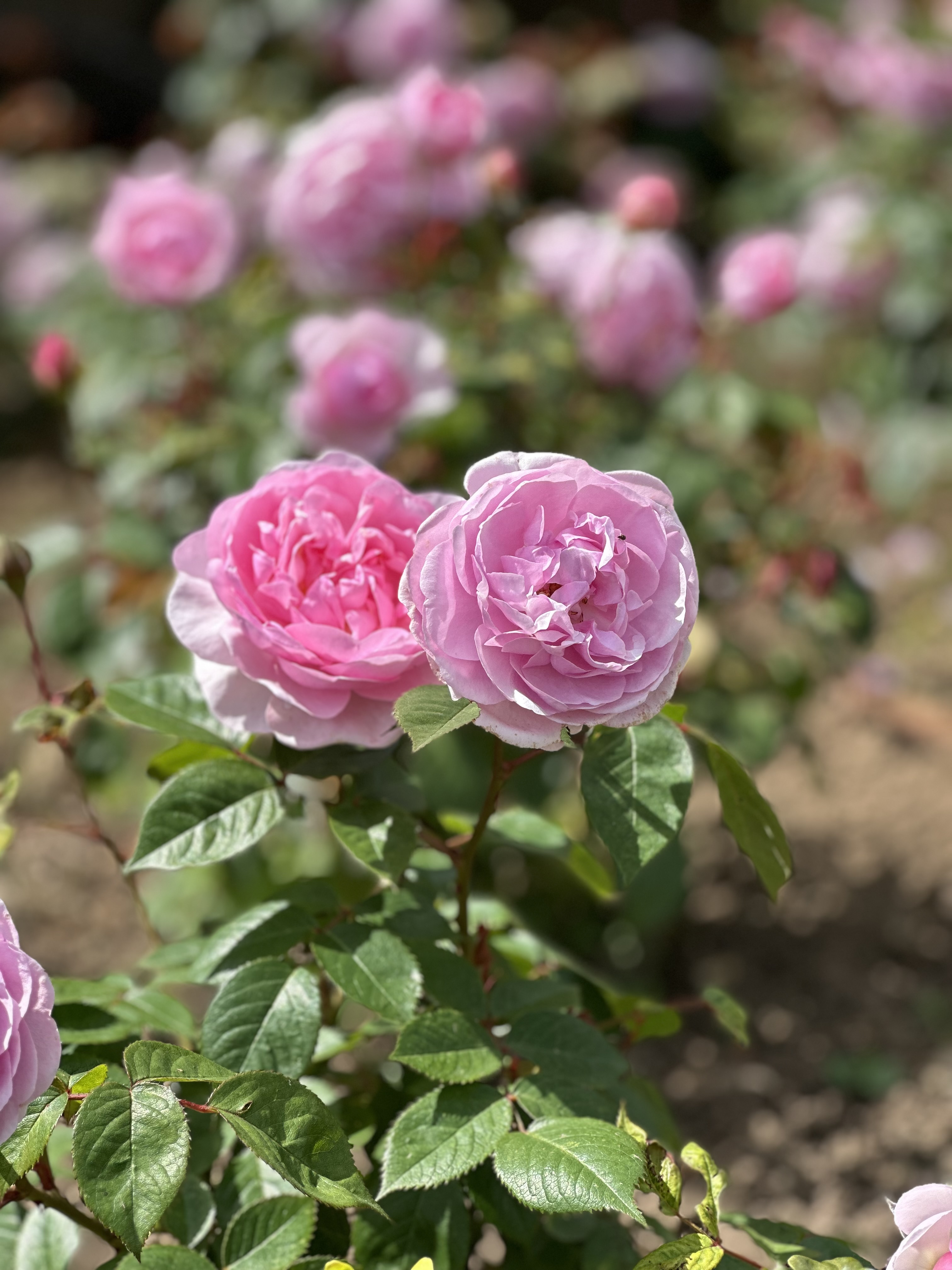THE month of June is the UK's 'Month of Roses'. What better time could there be for gardenenrs to reevaluate their approach to rosecare. At Bowood House & Gardens you can see some of the UK's finest rose displays in the newly opened Walled Garden, packed with over a hundred rose varieties.
Expert commentary from David Glass, Head Gardener at Bowood House & Gardens:
"Roses are widely considered the UK’s national flower and will shortly be coming into bloom, with June often referred to as ‘the month of roses’. At Bowood, we look after over a hundred rose varieties across the House & Gardens, they are one of our most attractive displays. There are a few things you can do to ensure your roses will look equally as stunning.

"When replacing an old rose with a new one, it’s vital to swap out the soil too. Planting a new rose in tired ground can cause sickness, where the new plant struggles due to lingering pathogens. Before planting, I use Rootgrow to help the roots establish, mixing in well-rotted horse or farmyard manure to boost their nutrients from the start.
"For climbing roses, tie in young stems to a wall or structure as they grow to encourage a well-shaped, balanced plant. With climbing varieties, I train new shoots at a 45-degree angle and often criss-cross stems to create a lattice. This encourages flowering lower down the plant, so you don’t end up with all the blooms at the top. A little structure now leads to a much better display later.
"I prefer planting bare root roses in autumn. This gives them a head start underground over winter, resulting in better growth when spring arrives. Applying a slow-release fertiliser in early spring keeps the plant fed through the season, while consistent watering during dry spells is especially important in the first year.
"As buds form on roses, watch for aphids. I like to use a horticultural soap to manage them early on without needing anything too harsh.
"After roses flower, deadhead by cutting back to the first set of six healthy leaves beneath the spent flower. This encourages repeat blooms and keeps the plant tidy. If you spot yellowing leaves or signs of black spot, remove them immediately and clear up any fallen ones to prevent further spread of disease.
"As the season draws to a close around early November, I cut shrub roses back by a third to prevent windrock, but the main pruning takes place in January. I cut plants to half their original size, removing weak or dead stems and always cutting just above an outward-facing bud. Clearing away leaves from the base helps stop diseases overwintering in the soil. If a shrub is particularly dense, I’ll thin out some of the older growth to improve airflow and reduce the risk of mildew."
Want to know what’s on in Calne? Visit our local events page for listings and to find out how to add your own events for free. Follow us on Facebook, Twitter and Instagram to keep up with all the latest news. Have you got a story for us? Email editor@calnenews.com.


